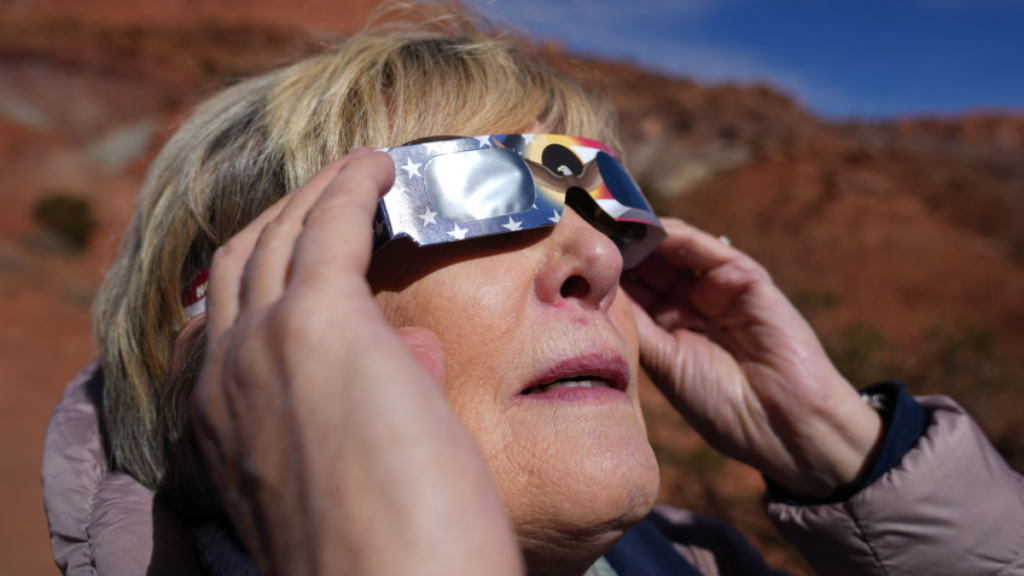The United States will soon experience a semi-rare event — a total solar eclipse. One of the main concerns for people is eclipse safety. It is unsafe to look directly at the sun during an eclipse without eclipse viewing glasses. Although we learned about eclipse safety in elementary school, many adults need a quick refresher on what happens if you don’t wear eclipse glasses.
Videos by InspireMore
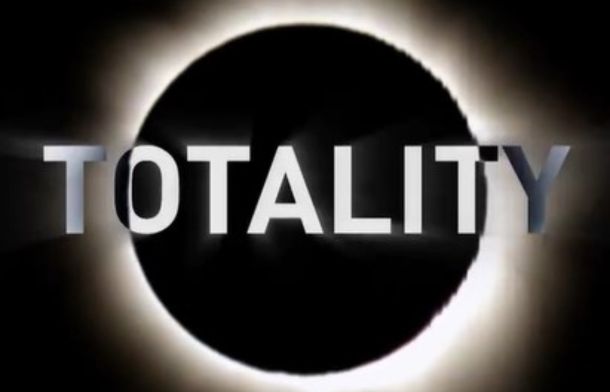
As this scientist explains, you don’t need special glasses for a few minutes while the sun is completely eclipsed. However, you need to protect your eyes during the time leading up to and after the eclipse.
Looking at the sun can damage your retina, causing permanent and irreparable vision problems. The intensity of the burn can leave “blind spots.” You must take precautions because you won’t feel this burn until the damage is done. A retina burn can cause later symptoms such as wavy vision and blind spots.
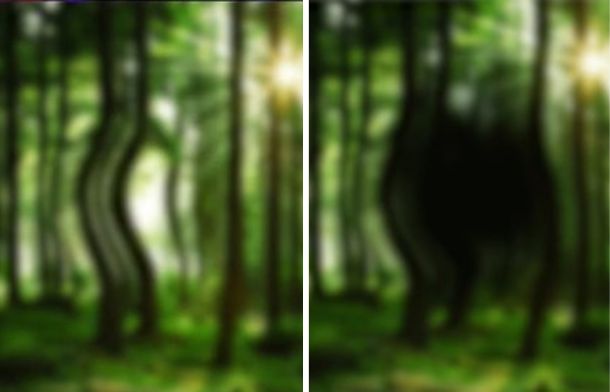
Standard sunglasses will not protect you during a solar eclipse. To look skyward, you must wear approved eclipse safety glasses. Eclipse glasses have solar filters capable of blocking more than one thousand times the amount of light. Eclipse safety glasses are available in various styles, including disposable glasses made with paper or thin cardboard frames.
Selecting Proper Eclipse Safety Glasses
When selecting eclipse safety glasses, look for ISO and CE certification. The International Organization for Standardization (ISO) sets safety guidelines. Glasses with an ISO 12312-2 certification have received independent safety inspections. CE certification stands for “Conformité Européenne,” French for “European conformity.”
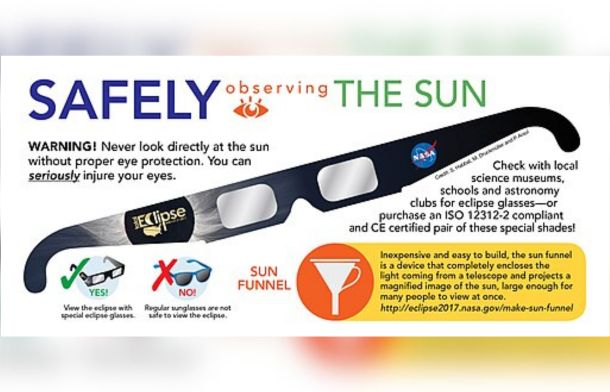
There are (unfortunately) a lot of fake eclipse safety glasses. Please look for certified viewing glasses to filter out IR, UV, and visible light. Eclipse glasses should filter out 99 percent of all visible light. If you wear them inside, you should see nothing but darkness.
If you forgot to purchase eclipse safety glasses, you can still view the eclipse with a DIY gadget called a pinhole viewer. If you use this method, please keep your back to the sun while the eclipse begins and ends (waxing and waning). This is an excellent project for younger kids. You can make pinhole viewers for everyone in your household.
The Last Complete Solar Eclipse Until 2044
The uniqueness of THIS solar eclipse is in what they call the “path of totality.” The 2024 eclipse will pass over more populated areas of the US than other eclipses, increasing people’s ability to experience this phenomenon. The next total eclipse won’t happen for another 20 years (Aug. 23, 2044), and its path of totality will be along a less accessible route.
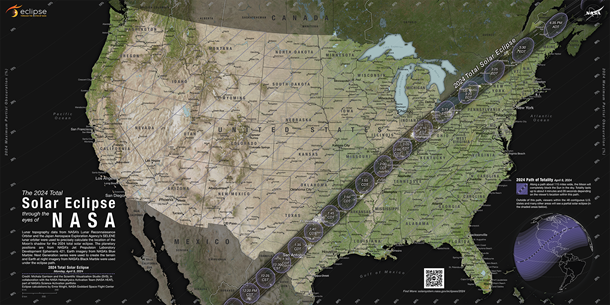
The National Weather Service tells us that a total eclipse can only occur during a new moon, when “the moon’s orbit is tilted five degrees to Earth’s orbit around the Sun.” The path of the 2024 scheduled eclipse bisects the Midwest region, making the eclipse viewable for more people than average. When the path of totality passes over open water or mountainous areas, fewer people can view the event.
Please use proper eclipse safety viewing methods. You only get one pair of eyeballs, so take good care of them. If you have children, please discuss safety and proper eye protection with them. Enjoy this beautiful event! Share this with friends who may need or enjoy the information.
This story’s featured image is by George Frey/Getty Images
Want to be happier in just 5 minutes a day? Sign up for Morning Smile and join over 455,000+ people who start each day with good news.


